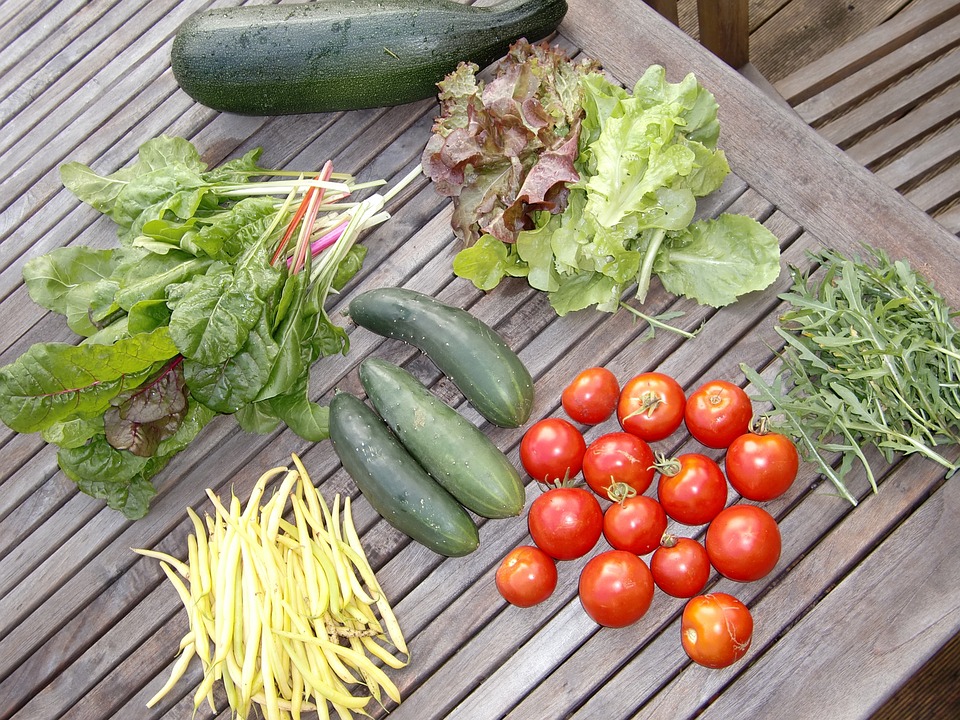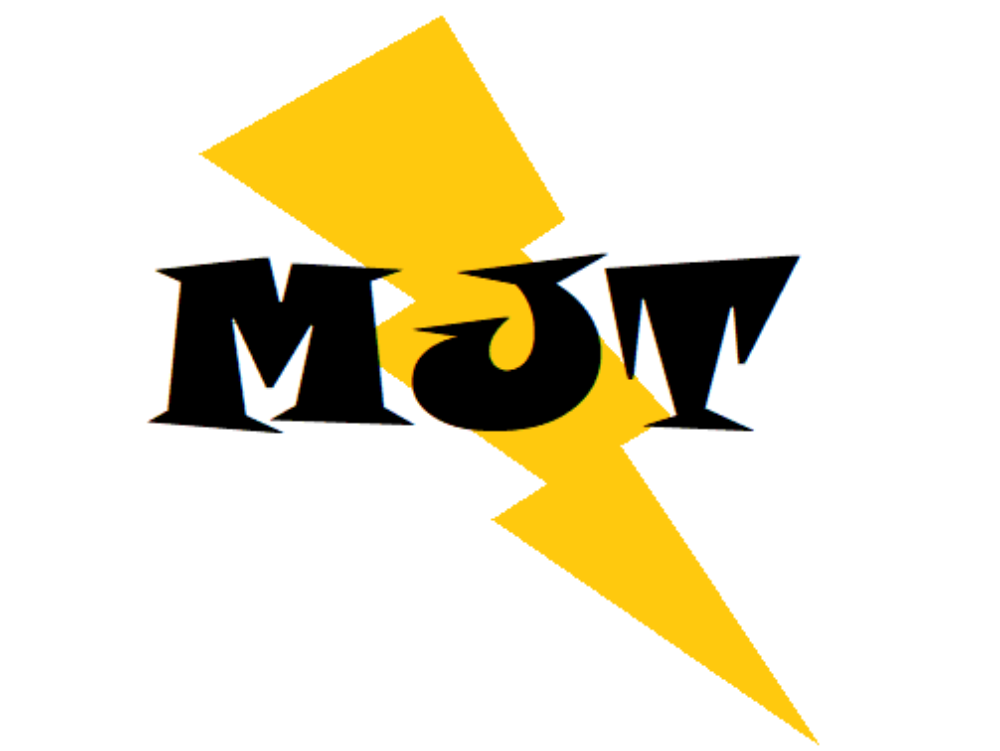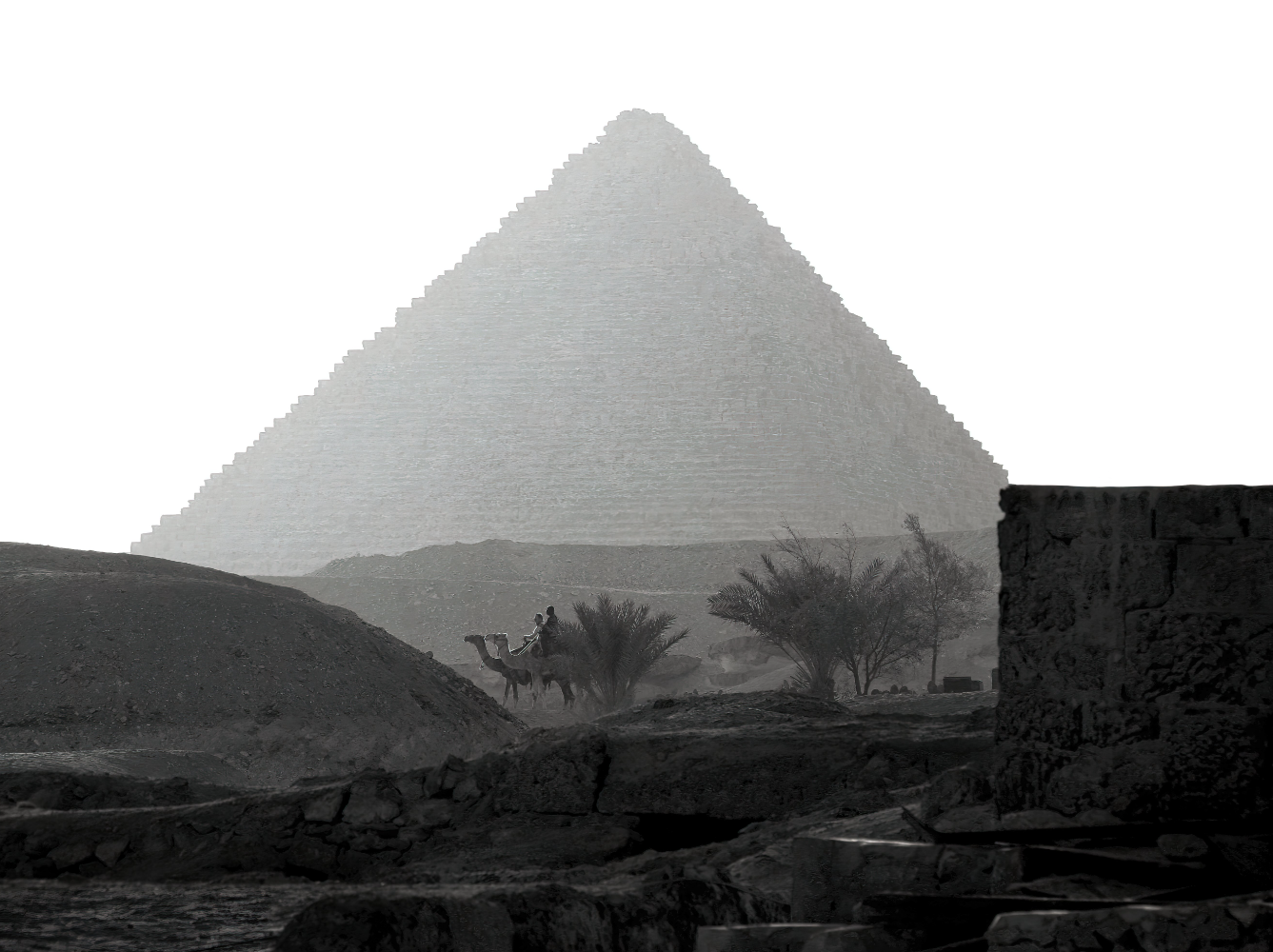
Life On The Farm
It can be easy to lose track of things. Some of the things aren’t that important and maybe that’s why you lose track of them in the first place. Other things actually are fairly important, but you don’t realize it until they’re not around anymore.
The past is like that in a way. History in other words. As you get older you realize how quickly today becomes yesterday, then something that occurred last week, last month, etc. Before you know it “today” is something that happened year/s ago.
Sometimes when you look back on what used to be “today” it’s a cause for realizing how much you miss it. Other times it’s a reason to help you better appreciate the day you’re in now by way of comparison to how “today” was back then.
Not many people today grow their own food, or grow any food for that matter. It wasn’t that long ago that this used to be the way that people provided most of what they had to eat. In today’s times of plenty it’s easy to forget this fact.
Is growing some/more/most of our own food something to miss doing or something to appreciate not having to do anymore? I’ll leave that up to you to decide. Like most everything else maybe it’s just a matter of opinion and we all have our own on many topics.
It’s said that history tends to repeat itself. Maybe today it wouldn’t be bad to know more about how to grow some of your own food.
I ran across the following recently and it did help me realize we’re not that far down the road from a whole different way of doing things on the farm.
“In 1920, a revolution in farm machinery was just beginning. In York County Nebraska, most farmers were still farming with horses, like many of their counterparts across America. Horses or mules pulled the rudimentary machines that plowed the soil, planted seeds, and harvested a crop. Picking corn and other harvest tasks were done by hand, but machines were used to shell the corn and thresh grain (mechanically separate the wheat or oat kernels from the straw).
But a few manufacturers had begun building mechanized tractors, planters, cultivators and harvesters. In the late 1800s, there had been a few steam tractor models built and sold. Even by 1905, there were only six tractor makers in the entire United States. By 1920, there were more than 160 tractor makers selling hundreds of different models powered by a variety of fuels. A year later there were 186 different different companies and the number of tractors on farms approached 200,000.”
Source: https://livinghistoryfarm.org/farminginthe20s/intro/machine/
It was also a whole different way of life. Thanks to the Wessels Living History Farm for sharing insights about life back then from Mr. Harvey Pickrel. From their site we know that Mr. Pickrel “was born in 1916 on a farm south of York Nebraska. Harvey and his brother helped their father on the farm in many ways. They would harness the horses to the plow and, later on, drive the tractor and plow the fields. When he was old enough Harvey started farming on his own. Harvey has seen a lot of good and bad years out on the farm. And he’s seen a lot of changes in the way farming is done.”
You might like reading about what he remembers.
Daily Chores:
“We got up by daylight every morning. First thing you’d do, you had to go down and get the horses in to feed them and get them ready to go to the field. Then you had to go, we had two very large barns. We would go over to the cow barn and get the cows in, and we’d milk four or five cows. We’d milk them. Then, we’d bring that milk in and we’d separate it, get the cream out of it. Of course, the skim milk, we didn’t drink that. That went to the pigs. We always didn’t think that was fit to drink. We had a little cream with ours. So, then we would go in and have breakfast. Then, it was time to go down and harness the horses, get ready to go to the field. Took quite a while for the horses to get in and get their grain and hay eaten. They put in pretty long days.”
Planting Corn:
“Years ago I remember my father, when he planted corn, he would plant it – years later we listed it which made a deep furrow, – but he would plant it. And when he did he would string wires from one end of the field to the other. And then they had little knobs on that wire. Every time it hit a knob, it would trip the mechanism, and it would drop either two or three kernels of corn. You had to make the rows 40 inches wide because you had to have that [width] for a horse to walk in.”
Picking Corn:
“I was a very poor corn picker. I always sprained my wrist with doing that. Some of them were pretty tough. A good corn picker, some of them would pick a hundred bushel a day which was BIG! … You had to pull that ear off the shank and was growed onto the stalk. Some of them pulled off hard, and you sprained your wrist doing that. You had a little hook on your hand. Some had a hook, some had a peg as they called it – just a little peg, the others hooks, two or three different kinds to pull the shuck back so you could get a hold of the ear… Someone who had a sheller, as they called it, and you would have them come in. And then you would have about four men that would scoop the corn [from the corn crib] onto the conveyer that take it into the sheller. You’d just keep working at it until it was done. One ring right after another. Maybe you didn’t do all of the rings at one time. And the cobs, you would take them and you’d have what they called a cob house. And you would fill the cob house full of cob. That was to go in the cook stove. We burned cobs in the cook stove.”
Threshing Machines:
“A big huge, threshing machine. It took 12 [hay] racks to keep it running. Of course, it was a huge old steam engine that run it. The man that run that, if you happened to be threshing at your place, he’d come before breakfast. And he would fire up that steam engine so he’d get enough steam so he could run that day. And then you had to, the ladies had to feed him and the man that run the separator breakfast. And then of course, they had to feed all them hungry men at noon. And there would be, well, there’d be 12 running the racks and there would be some hauling the grain away and the ones on the separator. There wasn’t any place that I knew of that had a table near big enough to hold everybody. So, they had two tables at dinner time. One group would go in and then another group would go in. The poor ladies, they sure had to work hard to feed all those.”
Killing Grasshoppers:
“We would, they would make what they called poison bran. Bran is made from wheat. And they’d poison that bran and they would scatter it all around the edge of the field where the grasshoppers come in. They liked that. It would kill them. You didn’t have the good chemicals to spray them like you do today. They would eat several rows of corn in, but we didn’t have them eat the whole field.”
Tractors:
“We did have automobiles that we drove, so we could drive the tractor all right. But to learn how to run it, and run the machinery behind it, we had to make over all the horse- drawn machinery. A blacksmith would usually help us on that. We would put a hitch [on the old machine] so we could pull it with a tractor. And we didn’t have machinery to buy right away to go behind it. If they did have, we couldn’t afford it. So, we would makeover the old horse-drawn machinery so we could pull it behind the tractor. [The tractor] was quite a change… My dad, he had worked horses all his life and [the tractor] didn’t stop when you hollered ‘whoa’… You know you’d sit on [the tractor] and you’d forget what you was doing, and you’d just get too close, and you’d run through the fence… Horses would come to the end and they knew enough to stop. They knew what to do.”


